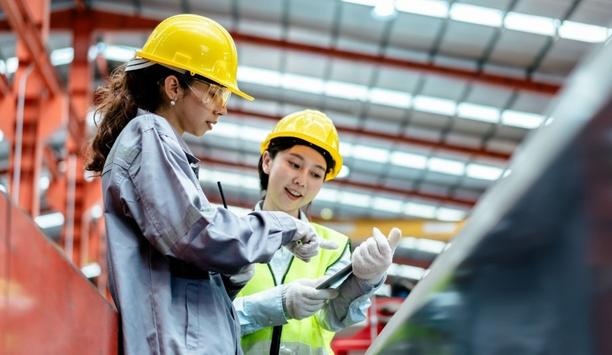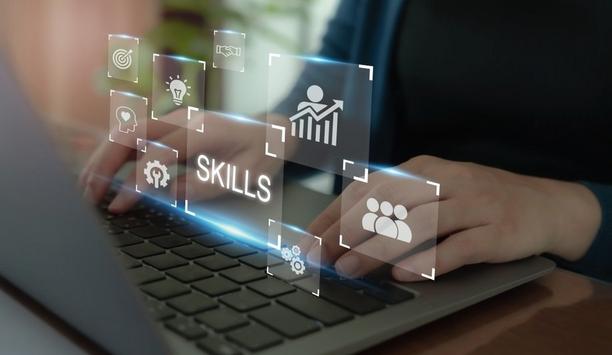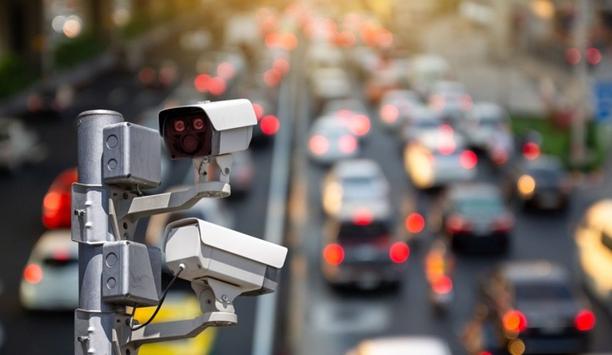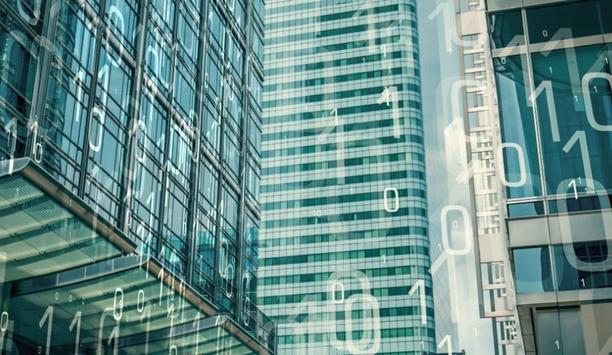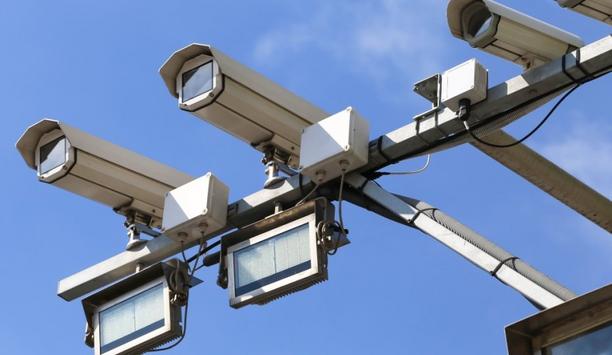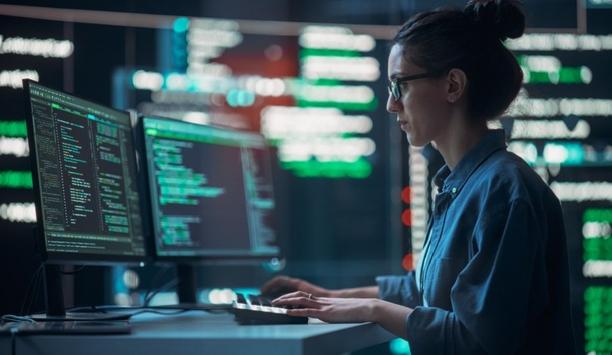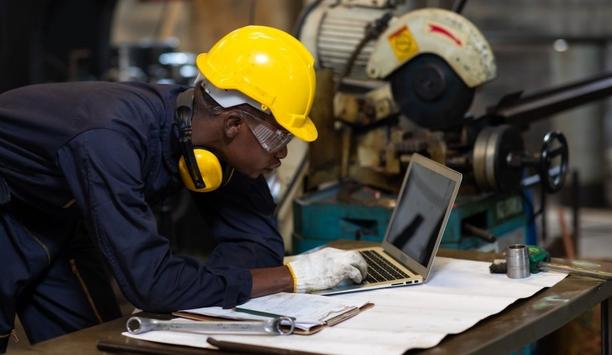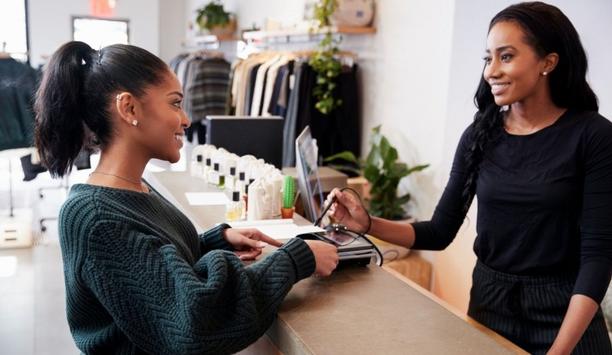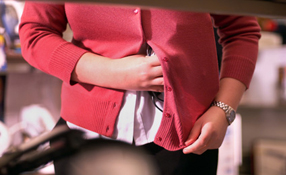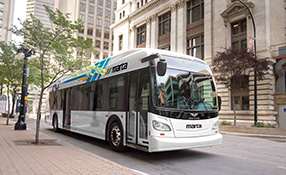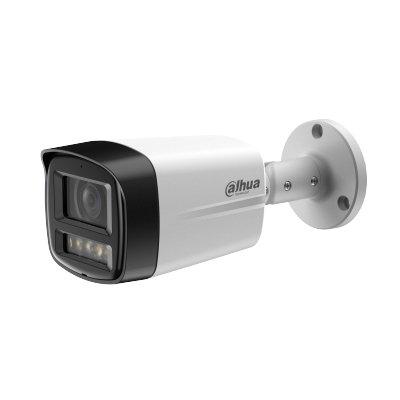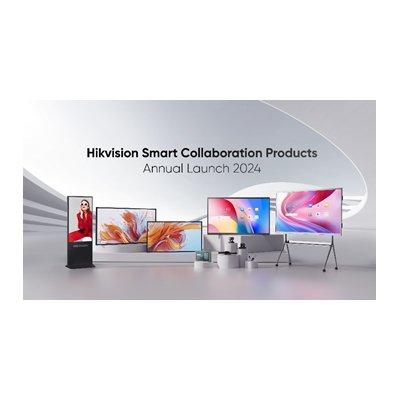The recent terrorist acts in Paris defy any understanding or explanation. The events represent a level of mayhem that defies easy answers, emblematic of a global security threat that demands a unified, worldwide response way beyond what is achievable by any combination of technology gadgets. Simply put, the problem is not our industry’s to solve. It’s bigger than we are. Still, such events haunt the people in our market – dedicated as we are to protecting people, facilities and assets – just as it haunts any other citizens of conscience anywhere in the world.
I do wonder about the long-term impact of the events on the average Parisian. How long will they feel less safe? What measures might be implemented to make them feel safer? Might the long-term reaction to the attacks include an acceleration in the installation of video cameras to watch public spaces? Such cameras have long been opposed (and politicised) by many in France on the basis of privacy. Will citizens in general change their view and embrace video eagerly as a crimefighting and forensic tool?
I have heard that fears about bombings by IRA terrorists were one reason Londoners were more accepting of CCTV cameras than anywhere else in the world. In comparison, Britain has around 10 times more video cameras than France – and many of France’s are focused on traffic rather than public places.
For that matter, if it can happen in Paris, it could happen in any major city. New York and London, other large metropolises which are considered to have sophisticated security systems in place, have been victims to terrorist attacks as well. Might more other locations also now embrace video?
As a market we must certainly be ready to do our part |
Certainly the terrorism events in Paris have again highlighted the role of video as a first-hand witness to history. A CCTV video showed France’s “most wanted woman” – partner of one of the terrorists killed in a shootout with police – going through immigration in Turkey days before the initial attacks. Another CCTV video showed images of the two gunmen responsible for the attacks at the Charlie Hebdo offices as they robbed a petrol station.
The tragedy also again highlights the possible role of smart phone video to capture events as they unfold. Footage captured by a mobile phone showed the instant that two gunmen shot and killed a police officer on a Paris street during the attack on the magazine offices. Is it more evidence of the need to incorporate smart phone video into surveillance systems?
Defiance is the best way to describe the response to the attack at the satirical magazine in Paris. Media outlets all over the world are speaking out in a spirit of free speech and in support of a free press unimpeded by fear of terrorism or other crime. But are people or organisations now subject to being attacked based on their ideas or expressions? It’s not a new concern, certainly not so in many parts of the world. But in practical terms, what new security measures might be implemented? In all, there were 60 journalists killed in 2014 – could technology somehow help to lower that number?
There’s no easy solution to terrorism on the scale of what happened in Paris. The problem is larger than we are. But as a market we must certainly be ready to do our part.
More on this story
Terrorism in Paris: What are the lessons for physical security?
Looking at security in light of the Paris attacks


